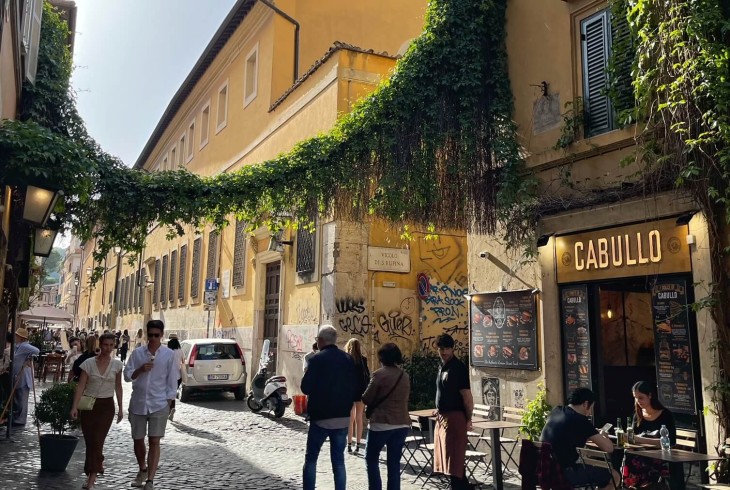Most visitors to Rome spend most of their time in the city’s centro storico, the spectacular historic downtown that is home to some of the world’s greatest ancient monuments, stunning Baroque architecture, sweeping piazzas, jaw-dropping fountains and more. And indeed, when you find yourself sipping a spritz within touching distance of the Colosseum or tucking into delectable al fresco dinners just steps from Piazza Navona, you might wonder why you should make the effort to stray further afield.
But Rome is one of Europe’s great metropolises, a teeming city of over 4 million inhabitants that stretches over a vast area. And while tourists dominate the city centre in the summer months, it doesn’t require much effort to head a little further out into the neighbourhoods where locals live, work and socialise. If you want to get a real sense of what makes modern Rome tick, then plan on spending at least a few evenings exploring these off-the-beaten track quarters of the city. This week on our blog we’re looking at 8 of our favourites, from leafy suburbs to hip neighbourhoods dripping with industrial-chic style.
Trastevere

Located on the western bank of the Tiber just across the river from Rome’s centro storico, Trastevere - literally meaning “beyond the Tiber” - is a neighbourhood with a spirit all its own, nurtured over nearly 3 millennia of being largely left to its own devices. When the Romans captured the area in the 8th century BC they were merely concerned with securing control of the Tiber from Etruscan threats, and provided little by way of amenities or development here. Immigrants flooded into this peripheral (and cheap) suburb from across the empire, fast making Trastevere one of the most cosmopolitan places in the ancient world.
These days Trastevere offers up a fascinating jumble of cultures, histories and monuments piling up on one another: fabulous Renaissance palaces and art galleries stand side-by-side with the ruins of ancient synagogues, early-Christian churches and crumbling medieval edifices covered in up-to-the-minute street art, whilst hip hangouts coexist with historic bars and pizzerias where nothing has changed in over half a century. The beautiful cobbled alleyways and sweeping piazzas conceal many of the city’s best restaurants, bars and boutique shops, making it an unmissable destination during festive rambles.
It’s all marvellously photogenic, and there are few better things to do in Rome than spend a sunny afternoon exploring its twisting cobbled laneways and diminutive piazzas.
Pigneto
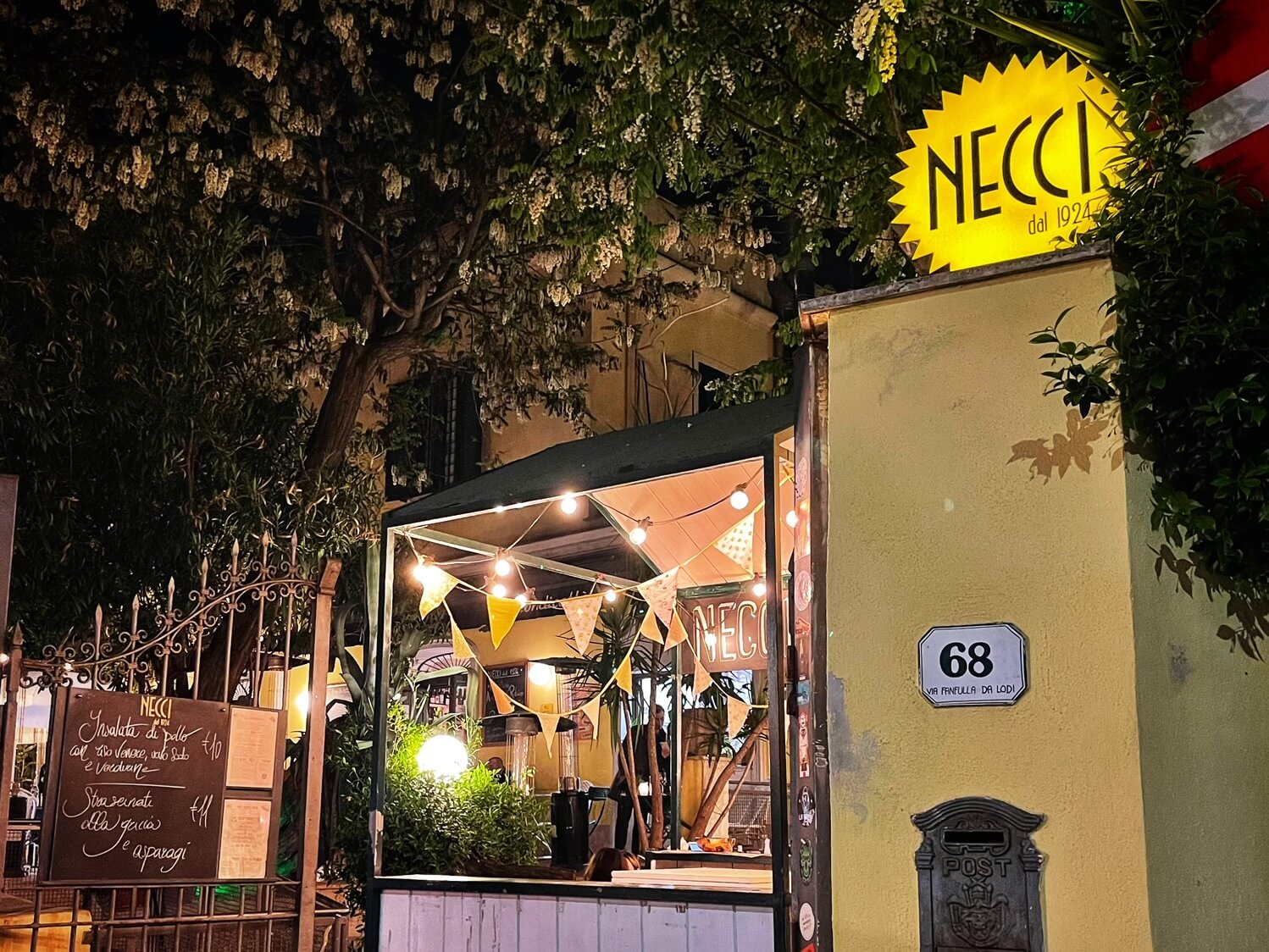
Tucked between two railway lines heading east out of the city, Pigneto’s pedestrianised main drag is one of Rome’s must-visit streets during the city’s hallowed aperitivo hour. Arguably Rome’s answer to London’s Shoreditch, this traditionally gritty working-class neighbourhood has become the preferred haunt for Rome’s arty and intellectual crowd over the past decade or two.
Elegant wine bars like Tiaso and Tuba rub shoulders with cool cocktail joints and old-school bars: the most famous of the lot is Bar Necci, a sprawling place founded in the 1920s located in a large shady garden that’s the perfect spot for whiling away long summer evenings. This was the favourite hangout of the writer, intellectual and film-maker Pier Paolo Pasolini, whose distinctive visage can be seen on murals all over Pigneto.
If you’re peckish, then Da Domenico and Qui si Mangia, located at the eastern end of Via del Pigneto amidst the neighbourhood’s distinctive low-rise villini, are generations-old eateries serving up Roman cuisine at its most traditional and plentiful. Ubertini, meanwhile, serves up eye-poppingly large three-course meals to hungry locals for just €25.
San Lorenzo

Grungy and at first sight a little bit down at heel, lively San Lorenzo is home to Rome’s Sapienza university - and hence it’s one of the most popular neighbourhoods for students in the city. Always-thronged bars spill out into the streets and piazzas serving up cocktails at inflation-busting prices: try La Piazzetta or Bar dei Brutti for the authentic San Lorenzo experience.
But there’s a lot more to the neighbourhood than student-friendly nightlife. Located just outside the ancient Aurelian walls, San Lorenzo sprang up as a residential quarter in teh 19th-century for the workers in the freightyards and factories that huddled around the ciy’s train station. Badly bombed during WWII, the niehgbourhood was home to partisans and radicals during the Nazi occupation and beyond, and it retains an authentic left-wing working class identity resistant to gentrification.
Street art and murals decorate the walls of bomb-damaged buildings, while bookshop-cafes and community social spaces cater to the intellectual needs of the area. The restaurant scene is pretty on-point too. From historic pizzerias Formula 1 and L’Economica (in business since 1945) to trandtional trattorie like Da Marcello, Tram Tram and A Pied i Pari, good food is a guarnatee on any evening out in San Lorenzo.
Monti
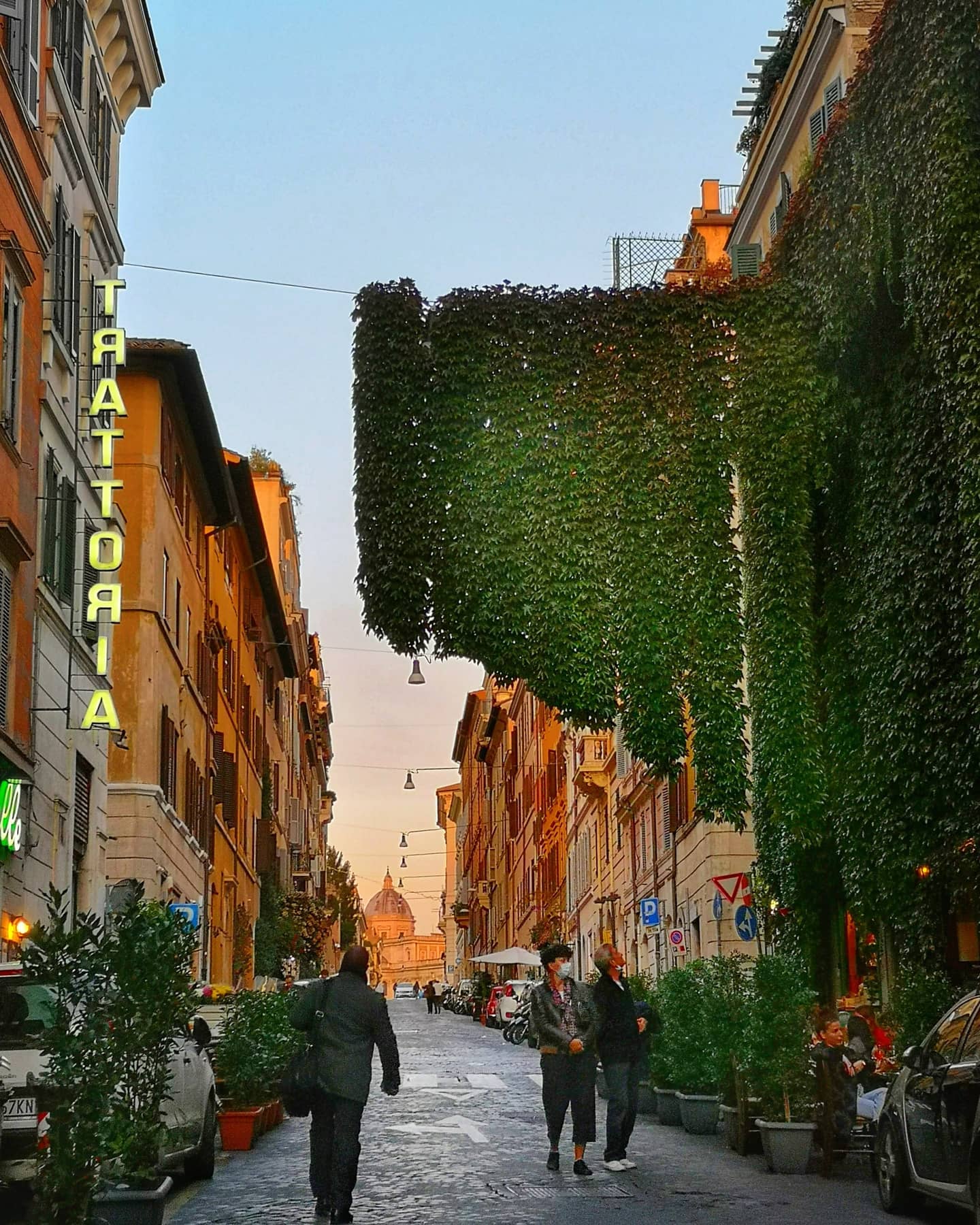
Elegant Monti ironically began life as ancient Rome’s most notorious slum. The Suburra neighbourhood extended from near the Imperial Fora all the way to the Esquiline Hill, and was home to a vast swathe of urban poor. The creaking tenements of the Suburra were extremely unsafe, and fire ripped through the cramped dwellings with alarming regularity. Home to a large population of prostitutes and ne’er do wells, the Suburra has given its name to a popular expression in Rome for any area of ill-repute.
Things couldn’t be more different in the neighbourhood today: now one of Rome’s most glamorous quarters, Monti’s picturesque tangle of cobbled streets and pristine piazzas is a favourite haunt of Rome's beautiful people. Fashionable boutiques and perfectly curated vintage stores make the area one of Rome’s best places for shopping, while the bars around Piazza della Madonna dei Monti are the perfect place for a well-earned post retail-therapy aperitivo.
If you want to really get into the Monti spirit, do as the locals do: grab a drink from any of the nearby shops or bars, find a perch on the piazza’s central fountain, and watch the world go by surrounded by Romans from all walks of life.
Testaccio

Another of Rome’s traditionally working-class suburbs turned vital hipster hangout, in antiquity the Testaccio quarter was little more than a rubbish dump for discarded amphorae and ceramic jugs: so many of them, indeed, built up over the centuries that a large hill formed here which exists to this day. Dig into the topsoil, and you’ll discover that the entire hill is actually made up of amphora shards! Today many of Rome’s most happening nightclubs hug the curve of the artificial hill, a juxtaposition of antiquity and modernity that could only happen in the Eternal City.
Thanks to its strategic site near the river but away from the city centre, Testaccio developed into the main area for Rome’s butchers in the 19th century, and the quarter’s massive abattoir was the main employer here until well into the 20th century. Today the abattoir has been transformed into a great events-space and art gallery, while the city’s largest covered food market is hosted in a dedicated space across the road. Testaccio is home to some of Rome’s finest restaurants, many of whom pay homage to the neighbourhood’s past with inventive takes on the traditional offal recipes dreamed up in centuries past by the slaughterhouse workers.
Testaccio's fascinating urban landscape also boasts what might just be the most surprising sight in all of Rome: an ancient pyramid built by Gaius Cestius, a prominent Roman whose passion for all things Egyptian led him to memorialise himself with a magnificent monument worthy of the Pharaohs themselves.
Ostiense
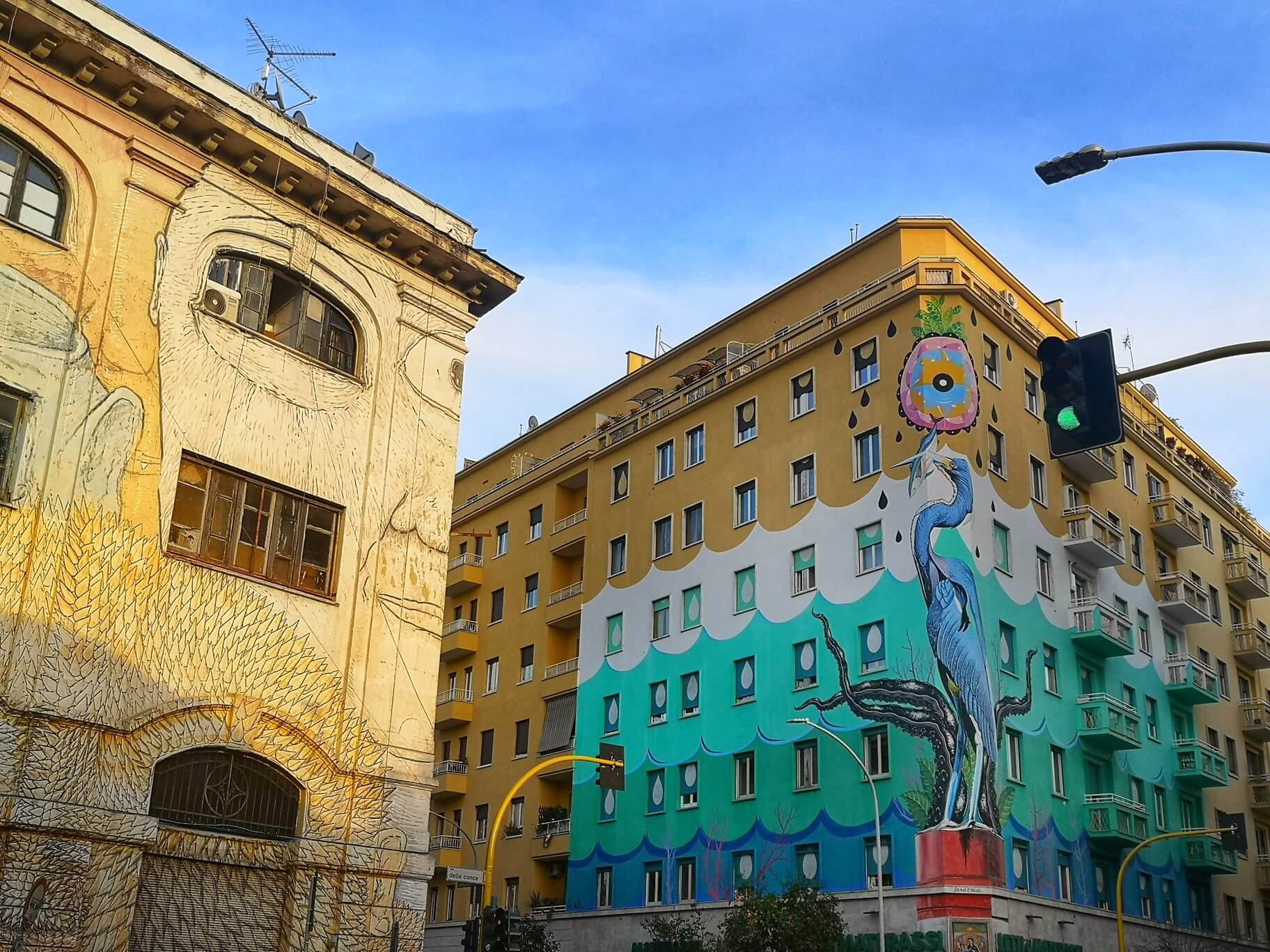
Dominated by the brick chimneys of former factories and power stations as well as the spidery exoskeleton of a stunning Gas Works, Ostiense is Rome’s industrial-chic neighbourhood par excellence. Vibrant street art by some of Europe’s finest muralists light up the area’s walls and buildings - look out for the works on Via del Porto Fluviale and Via dei Magazzini Generali in particular.
Ostiense is also home to one of the city’s most interesting - and least visited - museums. Located in a former power plant, the Centrale Montemartini houses a collection of classical sculptures beautifully juxtaposed with the engines and machines that once powered the city.
But it’s Ostiense’s buzzing nightlife scene that really marks it out as a must-visit neighbourhood in Rome. After a leisurely dinner at Trattoria Pennestri, where traditional Roman fare gets a gourmet update that has elevated it to the Michelin lists, head to the clubs and late bars that line Via Giuseppe Libetta to dance the night away.
Garbatella
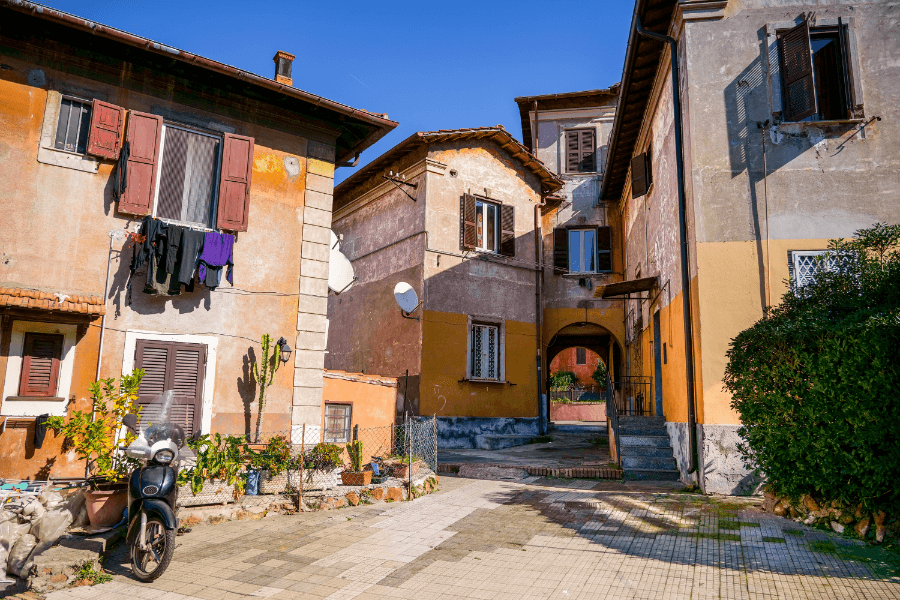
Located in southern Rome, picturesque Garbatella was originally conceived as a daringly progressive social experiment in the early 20th century as a dignified residential neighbourhood for workers in the nearby factories of Ostiense - with which it is linked by the impressive modern white-arched Ponte Settimia. Inspired by similar experiments in England undertaken as part of the garden city movement, the well-designed apartment blocks, known as lotti, were linked by a series of leafy courtyards and spacious gardens, providing plenty of communal space for the neighbourhood’s residents.
Unfortunately the Fascist regime co-opted the area in the 1920s and rather spoiled the project with the construction of a number of soulless high-rises built to house people displaced across the city by the government’s various construction projects. The oldest part of Garbatella still gives a vivid sense of the bold original plan, however.
Garbatella’s neighbourhood feel extends to its cafes, bars and restaurants. A coffee and pastry break at historic Bar Foschi is de rigueur, while watering holes Enoteca La Mescita and Bartali will be sure to keep you well hydrated with fine natural wines, beers and cocktails. Good eating options, meanwhile, abound. Community-run La Casetta Rossa serves up simple but delicious fare in a lovely leafy garden, while Trattoria Tanto pè Magnà offers pitch-perfect versions of classic Roman dishes.
Monteverde
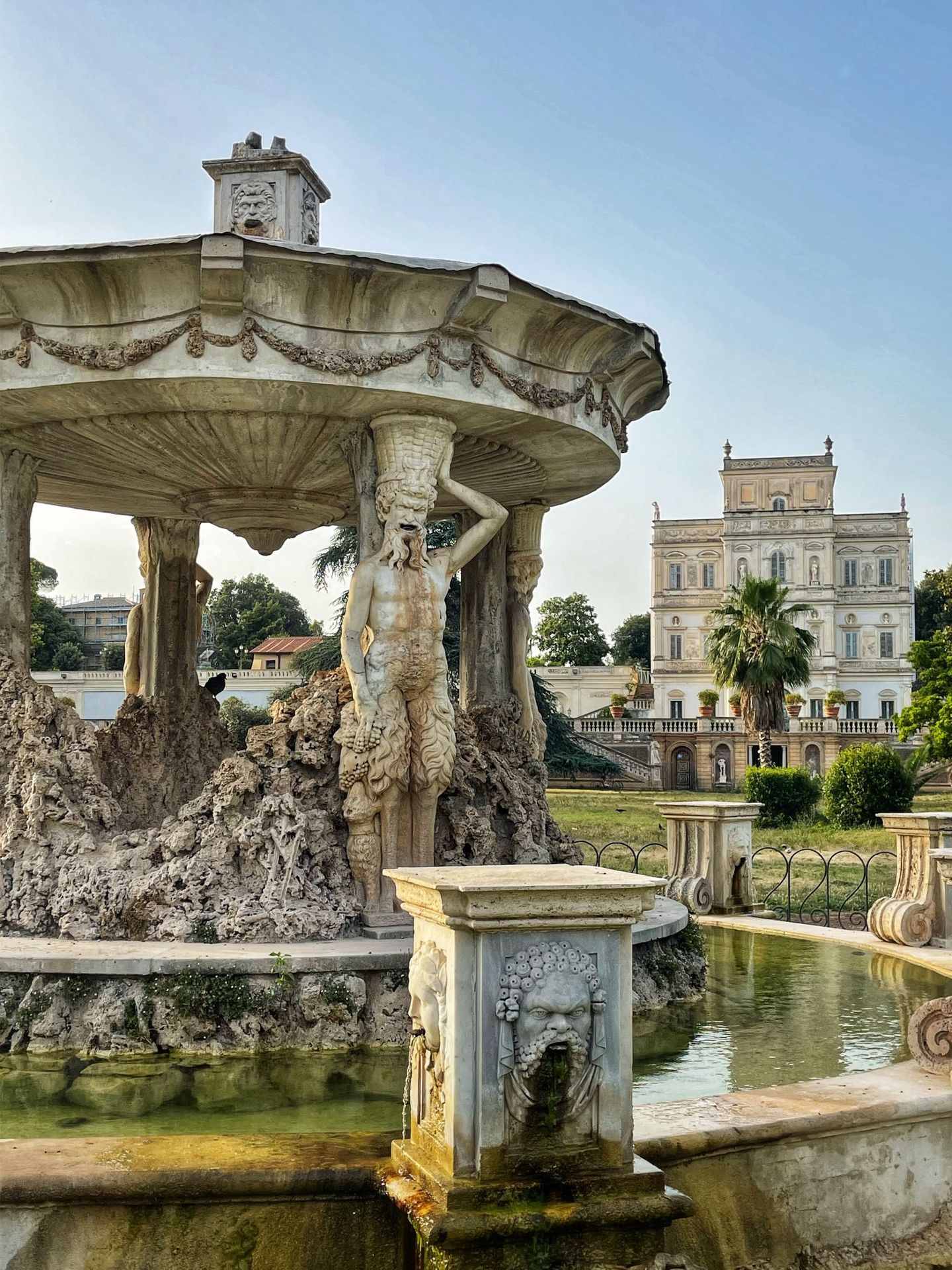
Leafy Monteverde - Italian for ‘Green Mountain’ - more than lives up to its name. Shady tree-lined streets wind their way up the Gianicolo hill above Trastevere, offering fabulous views down to the Tiber and the city beyond. Things are peaceful up here, with various cultural institutions and academies occupying sprawling villas in the area, and a number of beautiful parks add to the tranquil atmosphere. The jewel in the crown is massive Villa Doria Pamphilj, Rome’s largest park: a haven for joggers and picnickers, the park features extensive landscaped gardens interspersed amongst wild stretches of forest, lakes and ponds.
We hope you enjoyed our guide to the best neighbourhoods in Rome! Through Eternity Tours offer award-winning, expert led itineraries in the Eternal City. From the jaw-dropping highlights of the Vatican Museums and the Colosseum to off-the-beaten-path gems that only locals know, join our small-group and private tours of Rome to discover the Eternal City at its best.
